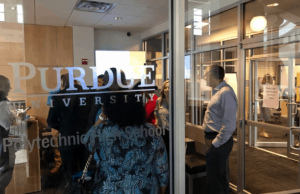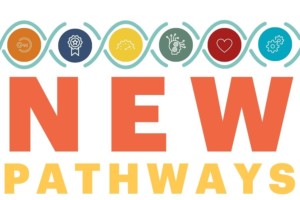Next Gen Learning Platforms
It’s interesting that the AFT is pushing a core curriculum. Apparently they want more than common standards; their recent release called for a “rich, common curriculum content, along with resources to support successfully teaching all students to mastery.”
Just when I think I know what that means, I notice a little gray box inserted into the announcement that says:
To be clear, by “curriculum” we mean a coherent, sequential set of guidelines in the core academic disciplines, specifying the content knowledge and skills that all students are expected to learn, over time, in a thoughtful progression across the grades. We do not mean performance standards, textbook offerings, daily lesson plans, or rigid pedagogical prescriptions.
Ok, now I’m a little confused. So is the Gewertz at EdWeek who reports on on this stuff, ” In reporting the discussions about curriculum, I have begun to notice people struggling with semantics and using varied definitions.” She also points out that the two big state consortia will use a bunch of the $365m they split to create ‘curriculum resources’ but they bend over backwards not to call it a national curriculum.
I’m already concerned that assessments of the Common Core standards will lock in the old batch-print system for another generation. A ‘common curriculum’ (whatever that means) is the wrong idea when we’re about ready to develop ‘school of one’–not just a 6th grade math program, but fully customized engaging learning sequences for every student.
Rather than a common curriculum, learning platforms to come will support not just ‘multiple pathways’ but customized playlists. Customized learning will be facilitated by comprehensive learning platforms surrounded by application and service ecosystems. Learning platforms will replace today’s learning management systems (LMS) that run flat and sequential courseware. Like iPhone and Android, these platforms will unleash investment and innovation.
Next generation platforms will include digital content libraries and tagging schemes. Recommendation engines (like an iTunes Genius for learning) based on a full motivational profile will queue a sequence of the best learning experiences possible. A Facebook-like social layer will support collaborative learning and will include a rich array of applications for learners and teachers. Giant data warehouses will capture keystroke data and will support powerful analytical tools. Platforms will be supported by vendors providing aligned services including student tutoring, staff development, school improvement, and new school development.
As personal digital learning platforms mature, enabling a rapid expansion of schools that focus on students and learning not adults and classes, students in high school and college will increasingly be allowed to chart their own pathways, assembling a personal a transcript from multiple providers. Their ultimate formal certification may be place-based, but their education will be unbounded–an uncommon curriculum.
Calls for a common curriculum come from a mental model of teacher-centric classrooms of age-cohorts on a common slog through a sequential curriculum. Best case scenario that works a little better. The dramatic improvement we seek will require engaging customized experiences for every student–and that opportunity is right in front of us. For no more than we spend today, we can create tech-enabled competency-based student-centered schools that help more students find academic success.
Originally posted March 9, 2011






0 Comments
Leave a Comment
Your email address will not be published. All fields are required.